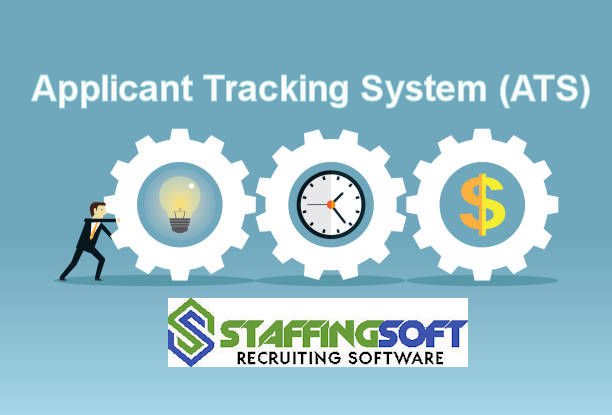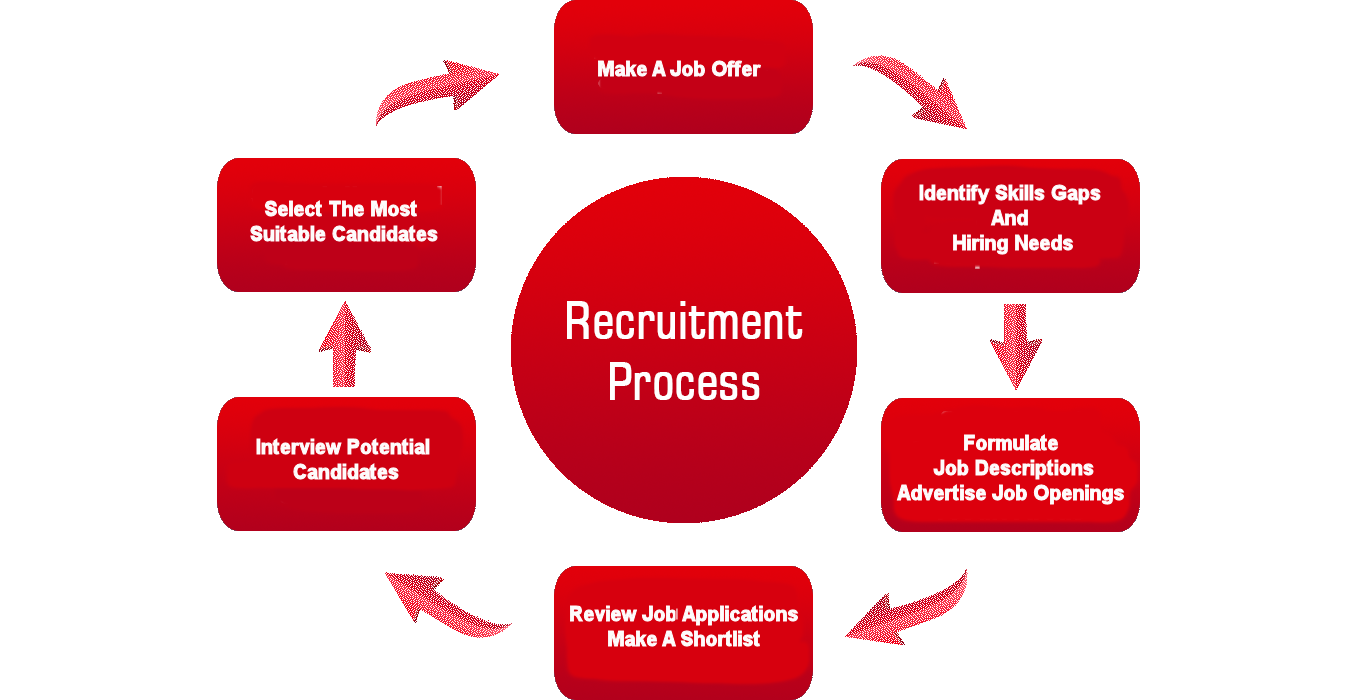In today’s competitive job market, hiring the right talent is crucial for the success of any organization. One of the key tools that organizations leverage is Applicant Tracking Software (ATS), which helps streamline and automate the recruitment process. However, to truly achieve optimal efficiency, it’s important to make the most of your ATS capabilities.
In this article, we will explore some valuable tips to optimize your ATS for increased efficiency, ensuring that you attract and hire top-notch candidates without unnecessary delays.
-
Streamline Your Workflow:
To begin optimizing your ATS, it is essential to assess and streamline your recruitment workflow. Review each stage of the process, from resume screening to interviews and offer letters. Identify potential bottlenecks and unnecessary steps that can be eliminated, ensuring a smoother and faster flow while using your ATS. This evaluation will help identify areas where your ATS can be customized to match your unique recruitment process.

-
Automated Job Postings:
ATS platforms usually offer seamless integration with various job boards. By automating the process of posting job vacancies to these boards directly through your ATS, you can save time and effort. This feature ensures your job openings reach a wider pool of candidates swiftly and consistently. Also, ensure your job descriptions are optimized with relevant keywords to enhance visibility for potential candidates.
-
Customizable Pre-Screening Questions:
Applicant Tracking Software allows you to create customized pre-screening questions for candidates to answer before submitting their applications. Use this feature to your advantage by tailoring questions to assess essential qualifications, experience, or values you seek in candidates.
These questions can help you identify top candidates who align with your organization’s culture and job requirements, saving you time in the initial screening stages.
-
Enhance Resume Parsing:
Resume parsing is a critical feature of any ATS, as it helps extract key information from resumes and populate relevant fields automatically within the system. Optimize this feature by ensuring your ATS can accurately parse various resume formats, including PDFs, Word documents, and text files.
Regularly check and update parsing rules to eliminate errors or inconsistencies, ensuring data integrity and saving valuable time for your team.
-
Centralized Candidate Communication:
Efficient communication is vital to providing a positive candidate experience and expediting the recruitment process. Utilize your ATS features that enable centralized candidate communication, including automated status updates, interview scheduling, and rejection notifications.
Prompt and personalized communication not only enhances the candidate’s perception of your organization but also saves your team significant time and effort.
-
Collaborative Team Efforts:
Assign roles and permissions within your ATS to facilitate collaboration among different team members involved in the hiring process. By assigning different access levels for recruiters, hiring managers, and interviewers, you can ensure seamless communication and decision-making. Encourage team members to provide feedback within the ATS, simplifying the evaluation of candidates and expediting the decision-making process.
-
Utilize Analytics and Reporting:
Most modern ATS platforms offer robust analytics and reporting features to help you measure and optimize your recruitment efforts. Use these tools to monitor the performance of your job postings, source of applicants, and time-to-fill metrics.
Identify trends and patterns to refine your recruitment strategy and identify areas for improvement. Regularly review these reports to optimize your recruitment process continually.

-
Regularly update and refine your candidate database:
It’s important to keep your candidate database up to date. Regularly review, update, and categorize your existing pool of applicants based on their skills, experience, and qualifications.
This will not only help you fill positions more efficiently, but also improve the accuracy of your ATS matching process.
-
Integrate with HR or Onboarding Systems:
Successful recruitment does not end with selecting the right candidate; it extends to onboarding and integrating new hires seamlessly into your organization. Integrating your ATS with HR or onboarding systems allows a smooth transfer of data, eliminating the need for duplicate data entry and reducing the chances of errors during this critical phase.
Enhanced data flow between systems ensures a seamless transition from recruitment to onboarding, saving valuable time and effort.
Conclusion:
Applicant Tracking Software is a valuable tool that can revolutionize your recruitment process when used to its full potential. By following these tips to optimize your ATS, you can enhance efficiency, attract top talent, and streamline the entire recruitment lifecycle.
Keep in mind that continuous evaluation, customization, and leveraging analytics are fundamental to ensuring long-term success with your ATS. Embrace these strategies, and you’ll find yourself efficiently hiring candidates who are the perfect fit for your organization.




